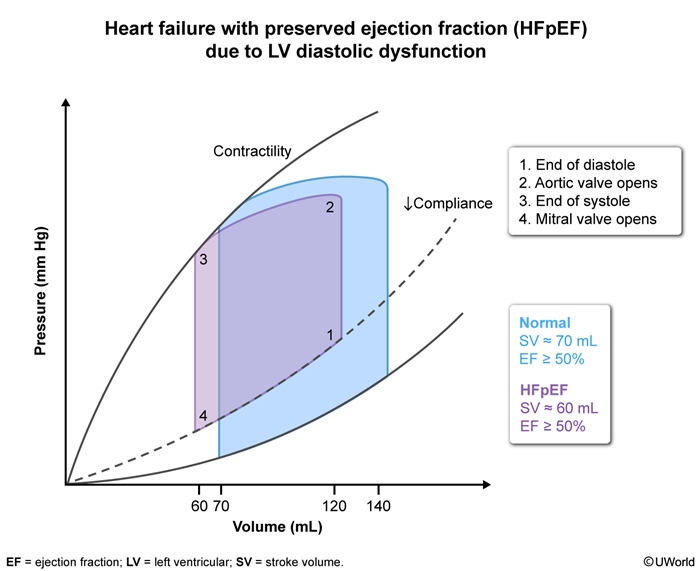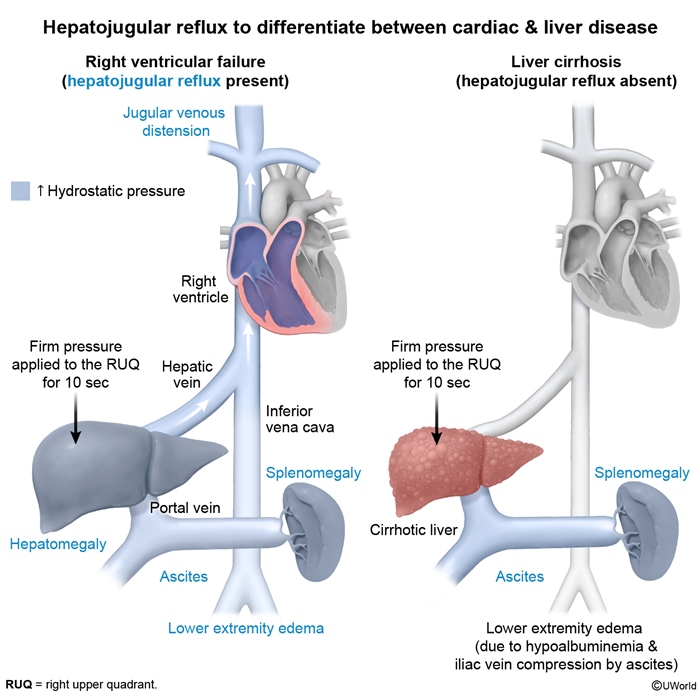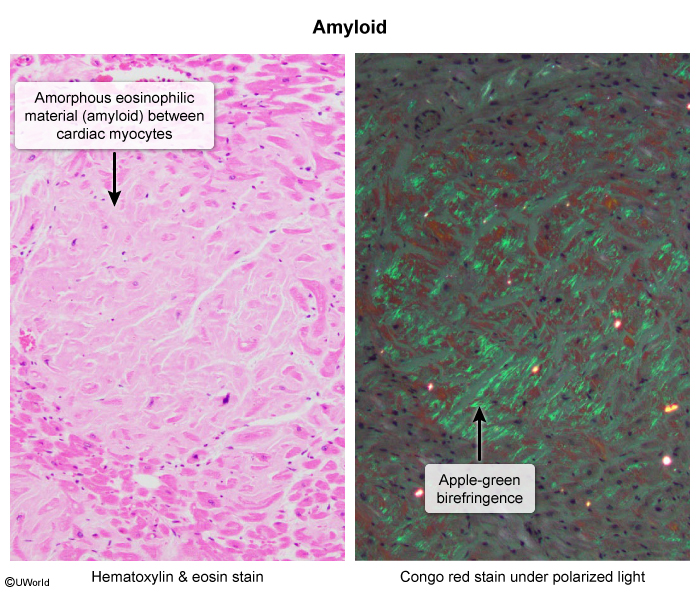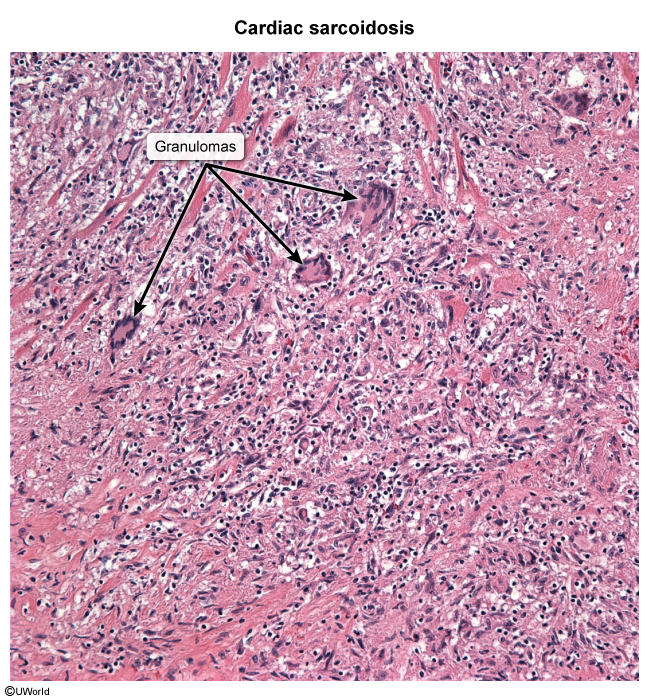Restrictive Cardiomyopathy And Constrictive Pericarditis
Article Sections
Introduction
Restrictive cardiomyopathy (RCM) is the least common type of cardiomyopathy. It characteristically involves stiffened (and sometimes thickened) ventricular walls that lead to diastolic dysfunction and heart failure. Common causes of RCM include:
- Infiltrative disease (eg, amyloidosis, sarcoidosis, hemochromatosis)
- Mediastinal radiation therapy
- Inherited familial disease
Although RCM causes heart failure in the setting of a preserved left ventricular (LV) ejection fraction, it is generally considered a separate entity from heart failure with preserved ejection fraction (HFpEF).
RCM must be distinguished from constrictive pericarditis, which results from pericardial thickening and fibrosis (eg, following recurrent pericarditis, cardiac surgery). Features that help differentiate between RCM and constrictive pericarditis are also described in this article.
Pathophysiology
Ventricular wall stiffening is the characteristic finding in RCM. Usually, both the LV and right ventricular (RV) walls are involved, but clinical manifestations of
Continue Learning with UWorld
Get the full Restrictive Cardiomyopathy And Constrictive Pericarditis article plus rich visuals, real-world cases, and in-depth insights from medical experts, all available through the UWorld Medical Library.
Figures


Images


